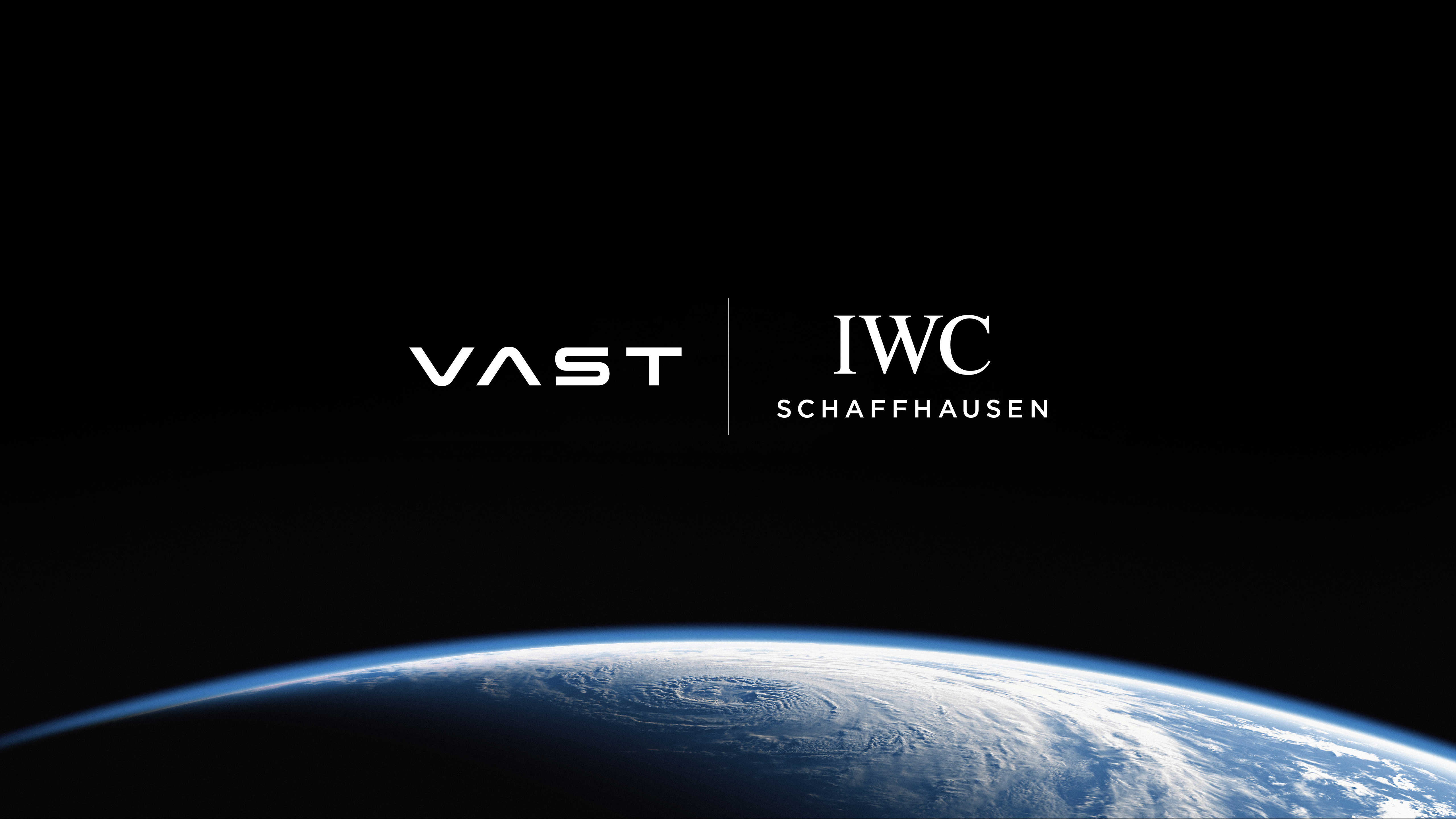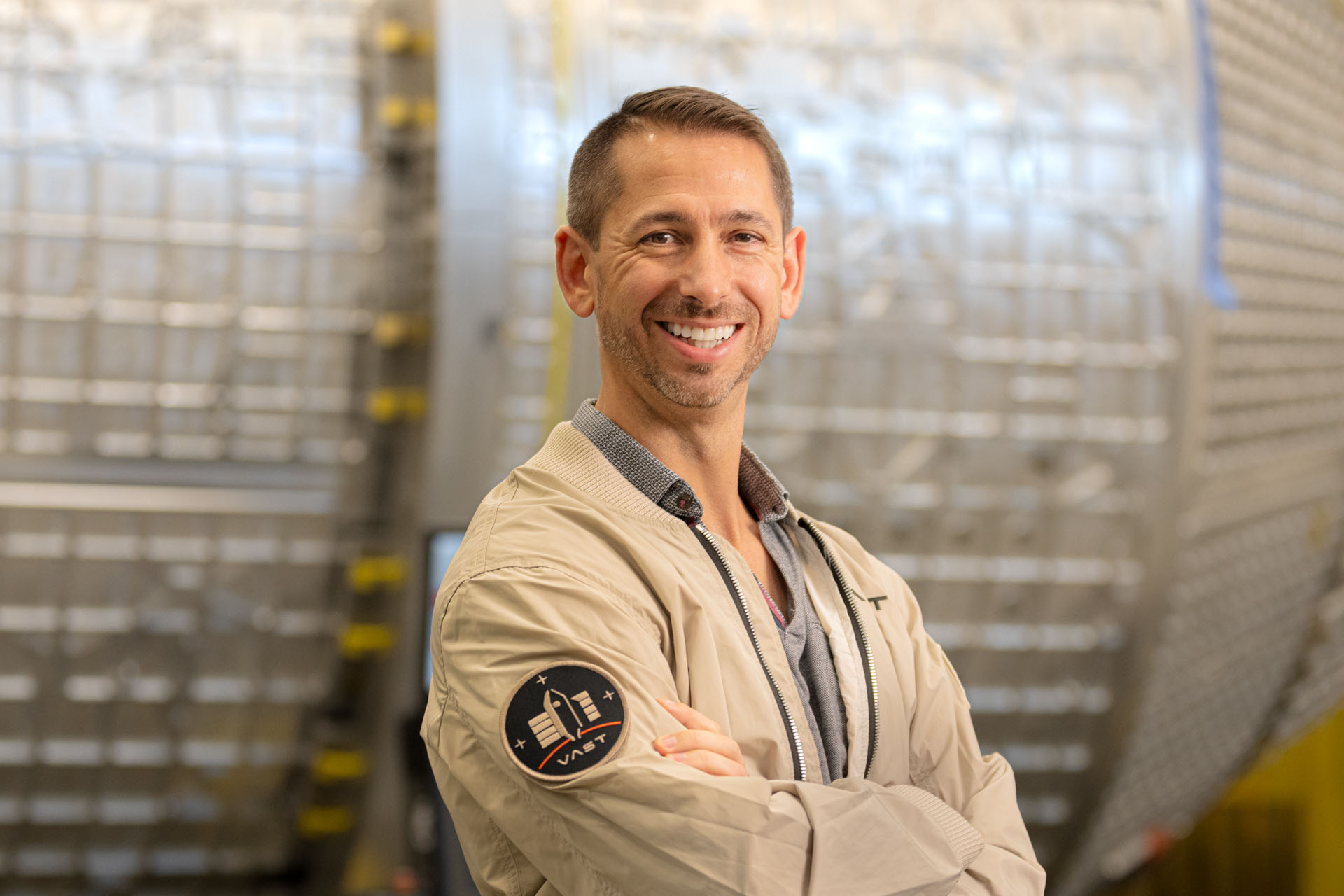updates
Vast Announces Haven-2, Its Proposed Space Station Designed To Succeed The International Space Station (ISS)

Future Space Station’s Advanced Capabilities Projected to Surpass the ISS at an Unprecedented Low Cost to Government and Commercial Customers
During the 75th International Astronautical Congress (IAC), Vast, the US-based space habitation technology company, unveiled Haven-2 — the proposed successor to the International Space Station (ISS) and the next step in the company’s vision to pioneer a path to long-term living and thriving in space.
With the planned retirement of the International Space Station (ISS) by 2030, NASA conceived the Commercial LEO Destination (CLD) program and is expected to select its Phase 2 winner(s) in mid-2026. Laser-focused on securing this prestigious contract to build the successor to the ISS, Vast has developed Haven-2, designed to offer the most compelling solution to ensure continued U.S. and international partner presence in low-Earth orbit (LEO).
“Our focus this decade is to win the NASA Commercial LEO Destination (CLD) contract and build the successor to the International Space Station,” said Max Haot, Vast CEO. “To achieve this, we will first demonstrate our capability by building and operating the world’s first commercial space station, Haven-1, which is set to launch in 2025.”
Haven-2: The Future of Commercial Space Stations
If selected in 2026, Vast plans to have the first module of Haven-2, an evolved and NASA-certified version of Haven-1, fully operational in orbit by 2028. This near-term timeline is made possible by leveraging Vast's significant private investment in the design, build, launch, and operation of Haven-1. The first Haven-2 Module will be 5m longer than Haven-1, offering nearly twice the livable volume of its predecessor while utilizing all the same proven systems.

Vast’s demonstrated progress with Haven-1, combined with architecture based on this proven heritage, positions the company as the best choice to safeguard U.S. and international partner interests in space.
Scalable, Cost-Efficient Expansion of Haven-2
Following the deployment of the first Haven-2 module, Vast plans to build and launch three additional modules over a two-year period. These modules will adhere to the same efficient and cost-effective design template, further expanding the station's usable volume, enhancing available facilities, and efficiently delivering additional critical life support systems and consumables.
With each successive Haven-2 module delivery, Vast will introduce more advanced and efficient life support technologies. Each subsequent module will feature expanded payload facilities while maintaining the same fundamental module design and heritage.
Andrew Feustel, a Vast advisor and veteran NASA astronaut with over 23 years of experience and three missions to the ISS, provided input into the features of the station design, noting that the potential for international collaboration is continued into the station’s architecture: “Haven-2 is being designed with compatibility in mind, ensuring that international partners can integrate seamlessly into this next-generation platform. This vision of global cooperation in space will create opportunities for scientific and technological advancements, benefiting new and current sovereign partners as well as industries around the world.”
Haven-2 features the Haven-2 Lab, which offers state-of-the-art laboratory facilities to support a wide range of microgravity research and in-space manufacturing. With more volume and power capacity than its predecessor, Haven-1, the Haven-2 Lab accommodates larger payloads and laboratory equipment, provides extensive integration options for experiments and specialized equipment, and increases operational flexibility while ensuring ample power and thermal control for high-demand projects.
Additionally, the Haven-2 Lab meets all of NASA’s Basic Laboratory Capabilities for the CLD program, aligning with the highest standards for orbital research facility readiness.
To foster international collaboration, the Haven-2 Lab also offers the option to dedicate an entire module or a specific laboratory facility to international partners, creating opportunities for global participation in microgravity research.

2030 and Beyond: Full capability of Haven-2 Realized
Between 2030 and 2032, Vast will add a larger 7m diameter core module and four more Haven-2 modules, fully realizing the next-generation commercial space station capable of meeting the needs of international partners, NASA, commercial researchers & manufacturers, and private astronauts.
Key features of the completed station include an unprecedented 3.8m diameter cupola window, external payload hosting capabilities, a robotic arm, visiting vehicle berthing capabilities, external payload airlock, and an extravehicular activity (EVA) airlock to support customers' needs. Each module will also feature two Haven-1-like 1.1m dome windows, totaling 16 windows by 2032.
Vast’s design is projected to surpass all other proposed on-orbit space stations in terms of volume, functionality, and operational efficiency. With unparalleled capabilities, Haven-2 will be the benchmark for next-generation space stations, ensuring that the U.S. and its international partners continue to lead and foster the LEO economy.


Earlier this week, Vast unveiled its final Haven-1 design — introducing never-before-seen features to support productivity and microgravity lab advancements. Haven-2 will iterate upon this visionary design philosophy.

About Vast
Founded in 2021 by Jed McCaleb, Vast is developing humanity’s next-generation space stations and pioneering the path to long-term living and thriving in space. Haven-1, scheduled to be the world’s first commercial space station, is currently in development and is expected to launch NET May 2026. Vast is also developing Haven-2, the proposed successor to the International Space Station (ISS), designed to serve NASA’s Commercial LEO Destinations (CLD) program as a micro-gravity laboratory in space. Vast’s long-term ambition is to create artificial gravity habitations that enable humans to live in space, reaffirming its commitment to ensuring a spacefaring future for all.
Media Contact
Communications, Vast
press@vastspace.com
To download assets please go to vastspace.com/media

